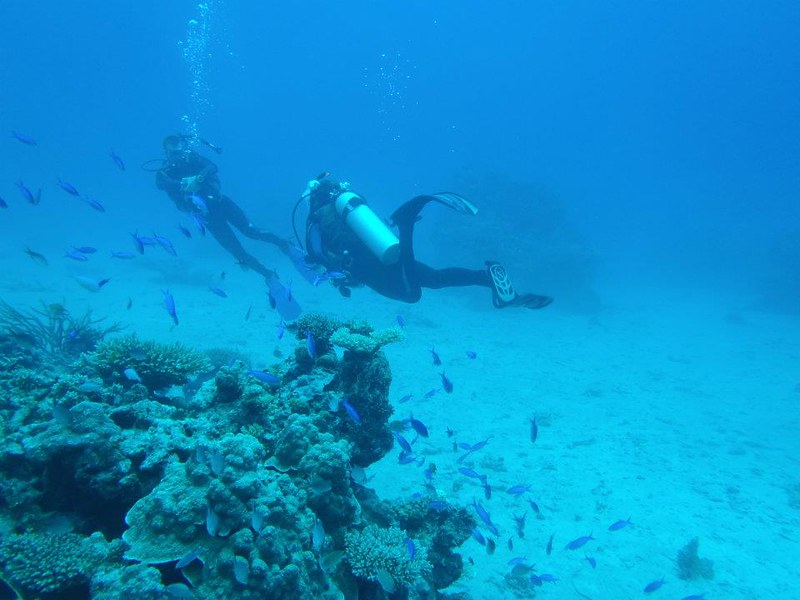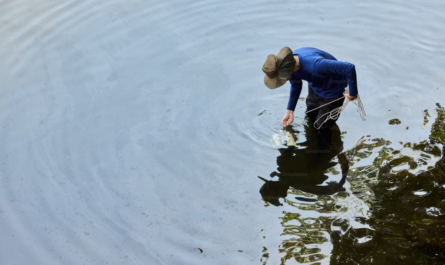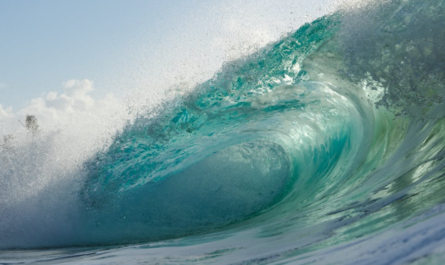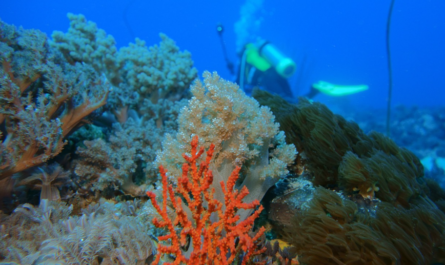The Atlantic Ocean has long served as a cradle of biodiversity, a regulator of global climate, and a hub of economic activity. Yet, this vast body of water is under significant threat from human activities. Overfishing, habitat destruction, pollution, and the effects of climate change pose dire challenges to the health of the Atlantic. As one of the world’s largest oceans, it is essential to adopt forward-thinking approaches to conserve its marine ecosystems.
In the face of mounting challenges, new technologies and innovative strategies are emerging as game-changers in the fight to protect the Atlantic. This article delves into the critical issues facing the Atlantic, explores cutting-edge technological solutions, and highlights promising strategies that could secure a sustainable future for this vital ocean.
Understanding the Atlantic’s Significance
1. Biodiversity and Ecosystem Services
The Atlantic is home to a wide array of marine ecosystems, from coral reefs and mangroves to deep-sea trenches and open ocean zones. These habitats provide essential services such as:
- Fishery Resources: Supplying food and livelihoods to millions of people worldwide.
- Carbon Sequestration: Absorbing significant amounts of atmospheric carbon dioxide.
- Climate Regulation: Influencing global weather patterns through ocean currents like the Gulf Stream and the North Atlantic Drift.
2. Economic Contributions
The Atlantic underpins economic activities such as tourism, shipping, and renewable energy generation. Coastal communities and industries across three continents depend on the resources and stability provided by the Atlantic.
The Challenges Facing the Atlantic Ocean
1. Overfishing and Bycatch
Decades of overfishing have decimated fish populations in the Atlantic. Iconic species like the Atlantic cod and bluefin tuna are now at risk. Bycatch, the unintentional capture of non-target species, further depletes marine life and disrupts ecosystems.
2. Pollution
Plastic waste, chemical runoff, and oil spills are some of the most pressing pollution issues in the Atlantic. Microplastics have become ubiquitous, affecting everything from plankton to large marine mammals.
3. Climate Change Impacts
Rising ocean temperatures and acidification are altering marine ecosystems in profound ways:
- Coral Bleaching: Warmer waters cause corals to expel their symbiotic algae, leading to large-scale reef die-offs.
- Shifts in Species Distribution: Fish and other marine life are moving toward cooler waters, disrupting traditional fishing grounds.
4. Habitat Destruction
Human activities such as coastal development, trawling, and deep-sea mining are degrading vital habitats like mangroves, seagrass beds, and coral reefs.
Technological Innovations Driving Marine Conservation
1. Satellite Monitoring
Satellites provide an unprecedented view of the ocean, enabling real-time monitoring of environmental changes and human activities.
- Tracking Illegal Fishing: Platforms like Global Fishing Watch use satellite data to monitor fishing vessels and detect illegal activities.
- Environmental Monitoring: Satellites track sea surface temperatures, algal blooms, and pollution levels.
2. Autonomous Underwater Vehicles (AUVs)
AUVs are transforming marine research by exploring areas that were previously inaccessible.
- Biodiversity Assessments: AUVs collect data on species distribution and population health.
- Habitat Mapping: They create detailed maps of seafloors, coral reefs, and other ecosystems.
3. Artificial Intelligence (AI)
AI is revolutionizing the way we analyze and interpret marine data:
- Predictive Modeling: AI forecasts the impacts of environmental changes on marine ecosystems.
- Automated Identification: Machine learning algorithms classify marine species in underwater footage.
4. Environmental DNA (eDNA)
eDNA technology allows scientists to detect species by analyzing traces of genetic material in water samples.
- Non-Invasive Monitoring: Tracks the presence of rare or elusive species without harming them.
- Invasive Species Detection: Identifies invasive organisms early, enabling timely management actions.
5. Blockchain for Fisheries Management
Blockchain technology is ensuring transparency and traceability in seafood supply chains.
- Combatting Illegal Fishing: Tracks fish from capture to market, ensuring compliance with sustainable practices.
- Consumer Empowerment: Enables consumers to make informed choices about sustainably sourced seafood.
Innovative Strategies for Marine Conservation
1. Dynamic Marine Protected Areas (DMPAs)
Unlike traditional MPAs, DMPAs use real-time data to adjust their boundaries and protection measures.
- Protecting Migratory Species: Safeguards species like tuna and sea turtles that traverse large distances.
- Adaptive Management: Responds to environmental changes, such as shifting ocean currents.
2. Ecosystem-Based Management (EBM)
EBM takes a holistic approach, focusing on the health of entire ecosystems rather than individual species.
- Integrated Planning: Balances ecological, social, and economic considerations.
- Community Involvement: Engages local stakeholders in decision-making processes.
3. Habitat Restoration Projects
Restoration efforts are crucial for repairing damaged ecosystems:
- Coral Nurseries: Cultivating resilient coral species and transplanting them to degraded reefs.
- Mangrove Reforestation: Protecting coastlines from erosion and providing nursery habitats for marine life.
4. Blue Carbon Initiatives
Blue carbon ecosystems, such as mangroves and seagrasses, are critical for climate mitigation:
- Carbon Sequestration: These habitats store large amounts of carbon, reducing greenhouse gas levels.
- Market Integration: Blue carbon credits fund conservation and restoration projects.
Expanding Community Engagement and Education
1. Citizen Science
Public participation in conservation efforts can amplify their impact:
- Beach Cleanups: Engaging local communities to remove debris and monitor pollution levels.
- Wildlife Monitoring: Volunteers contribute data on species sightings and behavior.
2. Educational Campaigns
Raising awareness about marine conservation fosters a culture of environmental stewardship:
- School Programs: Introducing ocean literacy into education systems.
- Media Campaigns: Highlighting the importance of reducing single-use plastics and supporting sustainable seafood.
Case Studies: Successful Conservation Efforts
1. The Azores
The Azores have established MPAs and eco-tourism initiatives, creating a sustainable model for marine conservation.
2. Canada’s Atlantic Oceans Strategy
Canada’s efforts include expanding MPAs and promoting indigenous-led conservation programs.
3. The Sargasso Sea Alliance
This international collaboration protects the unique ecosystem of the Sargasso Sea, a key habitat for migratory species.
Future Horizons for Marine Conservation in the Atlantic
1. Scaling Restoration Projects
Large-scale efforts to restore coral reefs, seagrass meadows, and mangroves will be essential for ecosystem recovery.
2. Strengthening International Cooperation
Global treaties and partnerships, such as the UN High Seas Treaty, will enhance conservation across borders.
3. Leveraging Indigenous Knowledge
Traditional practices can complement scientific approaches, ensuring culturally sensitive and effective solutions.
4. Harnessing Advanced Technologies
Emerging technologies like quantum computing and synthetic biology hold promise for transforming marine conservation.
Conclusion: A Collective Responsibility
The Atlantic Ocean’s health is integral to the well-being of our planet and future generations. Safeguarding its ecosystems requires a multi-faceted approach that integrates technology, policy, and community engagement. By adopting innovative strategies and fostering global collaboration, we can ensure that the Atlantic remains a thriving and vital part of the Earth’s biosphere.



